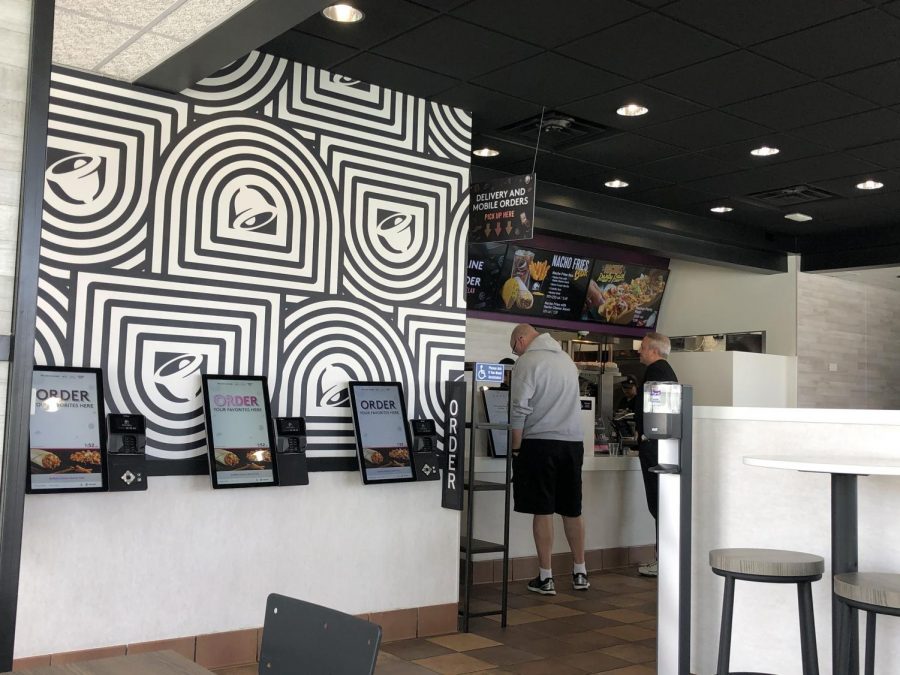A Modernized World
March 24, 2020
There is no denying it: our world is rapidly changing. What used to just be cellular devices has expanded to businesses, education, and has somehow even crept into restaurants. We’ve grown accustomed to the influx of constantly new technology, but with all this implementation, are we ready for it to rule our everyday life?
As many students have noticed over the course of their education, technology has become increasingly more involved in the classroom experience. We started with chalkboards filled with daily lessons, progressed to overhead projectors with clear worksheets, and currently have evolved to PowerPoints displayed from a computer. Students even have access to individual computers in some of their classes. The implementation appears to be a vast jump from one era to another, and yet all of this has occurred in the past ten years.
Even more recently, technology has advanced to include grocery stores. Taking a trip to the store for milk used to involve some form of human interaction at the register when you purchase your items, yet now you can buy all your groceries without talking to a single person. With the application of self-checkout machines, stores have eliminated the wait times, but also the personal experience. These types of machinery can even be seen at the airport, as you can now check in your luggage without any assistance.
The possibilities seem endless. With all these advancements, do we even need human labor? While this next example is fairly recent and somewhat uncommon, restaurants have begun to eliminate the need for human socialization at the counter. A Taco Bell located in Placentia, California has embraced these technological advancements by entirely switching to electronics when it comes to ordering. They have ceased the classic system of workers typing in your food order, instead opting for customers to relay their meals directly to computers located at the front of the restaurants. The only employee that customers interact with is the manager, helping those confused with the new system. You type your order into the computer, the workers receive it in the kitchen, make your food, and you’re served. Zero interaction necessary.
While these changes may seem quite sudden, their positive or negative implications can be interpreted in vastly different ways depending on one’s perspective. In general, younger generations seem to endorse the new ways, whereas older generations tend to disapprove. Older generations may dislike these new techniques, as they are unfamiliar with this new technology. On the other hand, younger generations appear thrilled, as they have grown up with ever-changing technological advancements.
While it may seem odd ordering from a robot, the process is a whole lot easier. When ordering from the counter, there is a high chance that your order will come out incorrect–no onions, extra pickles, light mayonnaise. It’s a lot for workers to remember and properly enter into the system. With the new technology, you can feel more confident that your food will be served properly as there is no middleman in the process. Not only that, but these computers show plenty of unknown additional options that can be added to your food. It makes it a great deal easier to explain what you do and don’t want on your food.
The possibilities seem endless with these machines but not without negative implications. For example, the previous workers. In order for these machines to be put into action, the previous workers at the ordering counter would have to be fired as their jobs are no longer necessary. The current unemployment rate in the United States is 3.6% and the arrival of new technology will only add to the issue. Another problem is psychologically, as humans become more secluded. With the overwhelming amount of technology, we spend more time online than we do interacting with others. Adding self-checkout and other means of seclusion will continue to make society less social.
While these advanced machines are definitely a sign of innovation, it is important to consider all the positive and negative consequences that may arise as a result.









